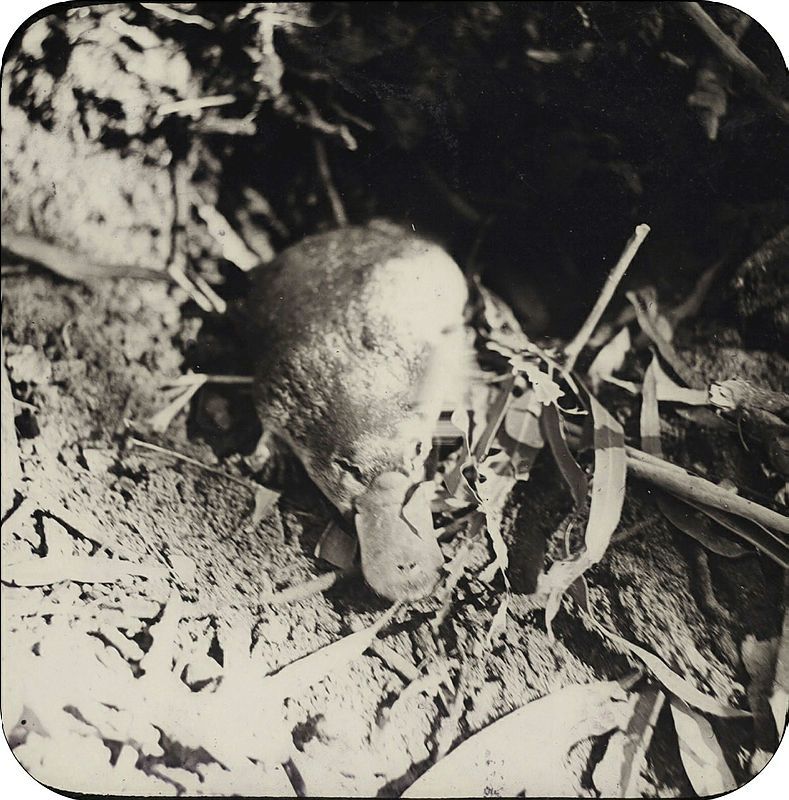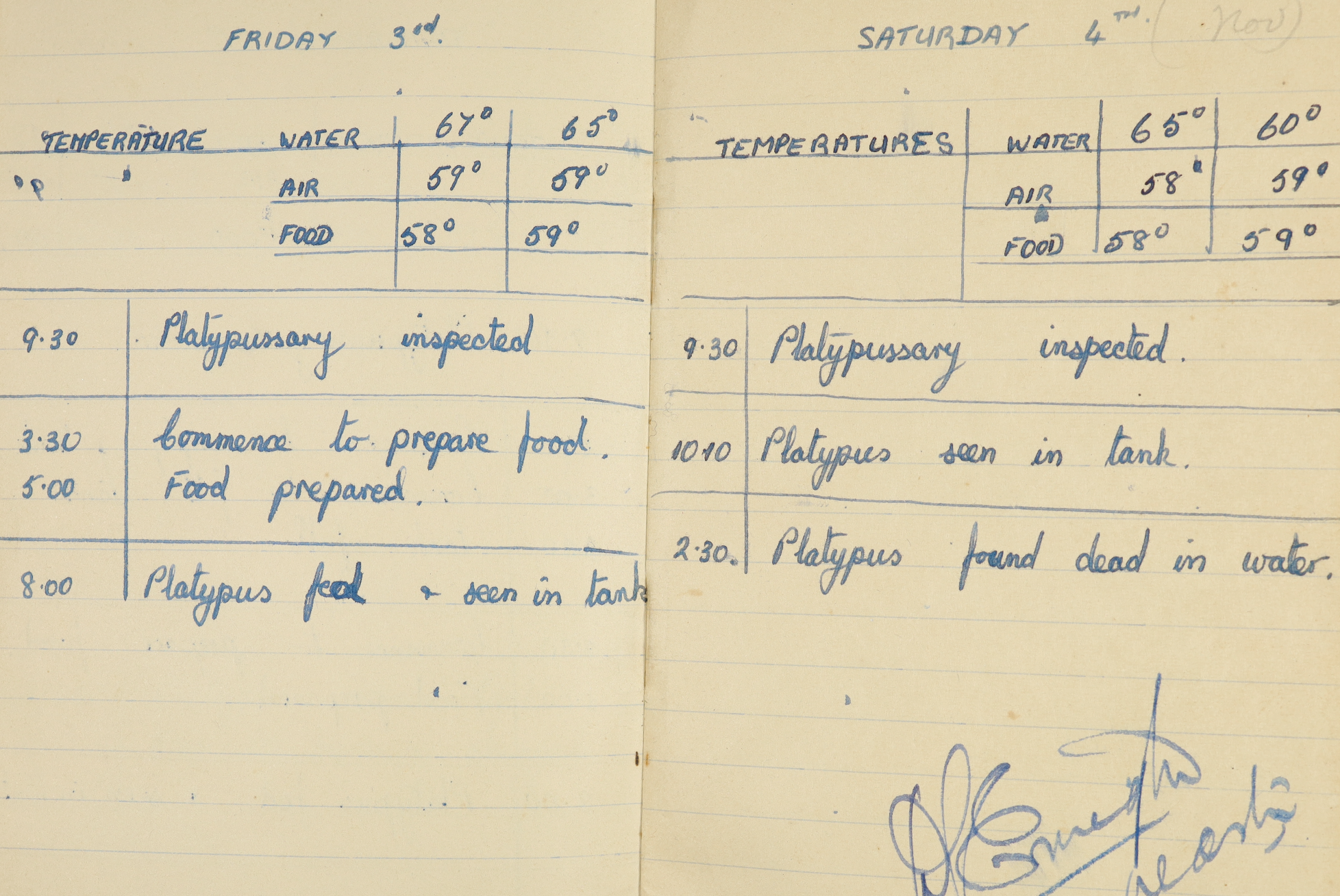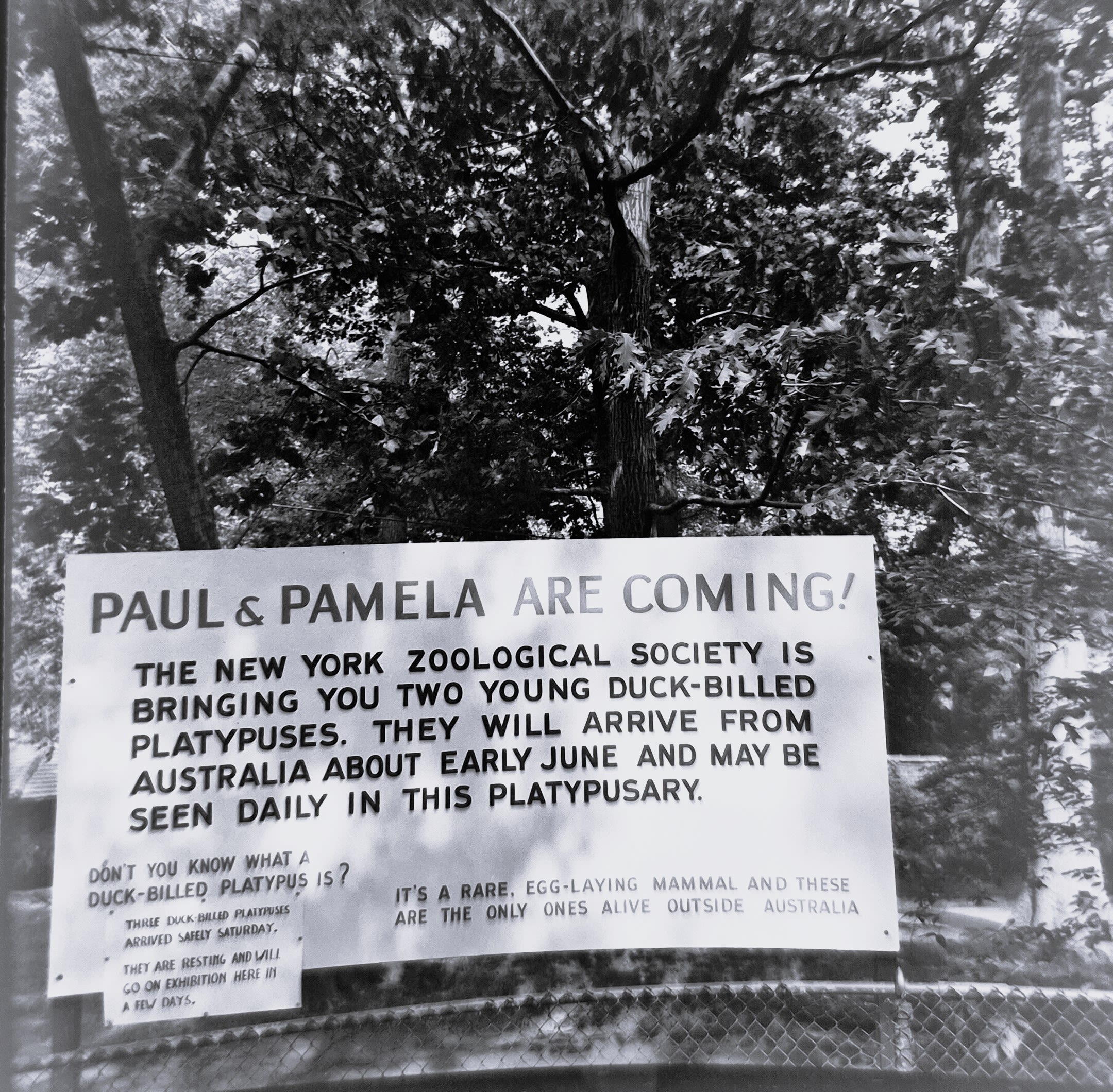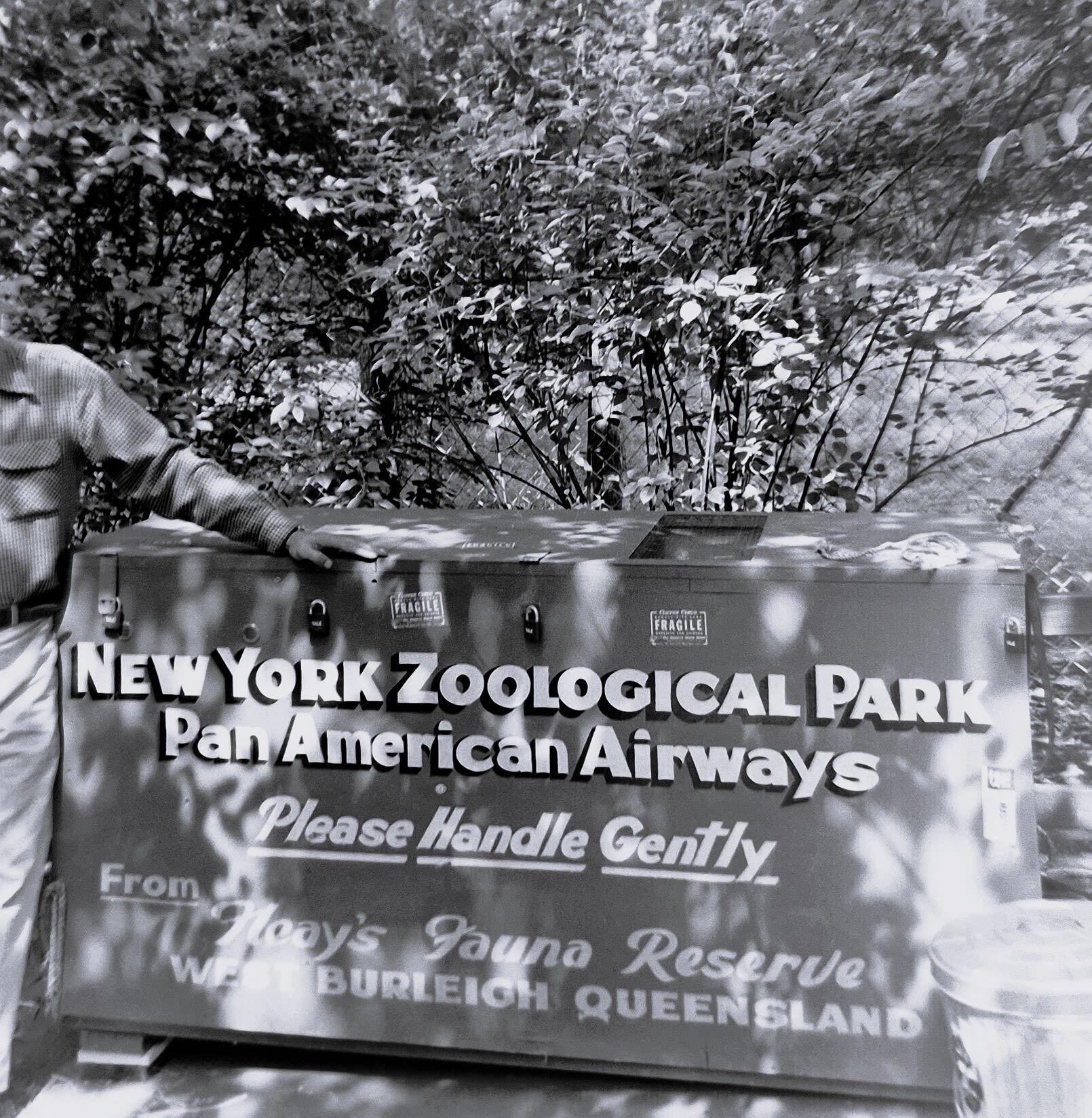Flight of the Platypus
How Australia's sensational monotreme explored the world
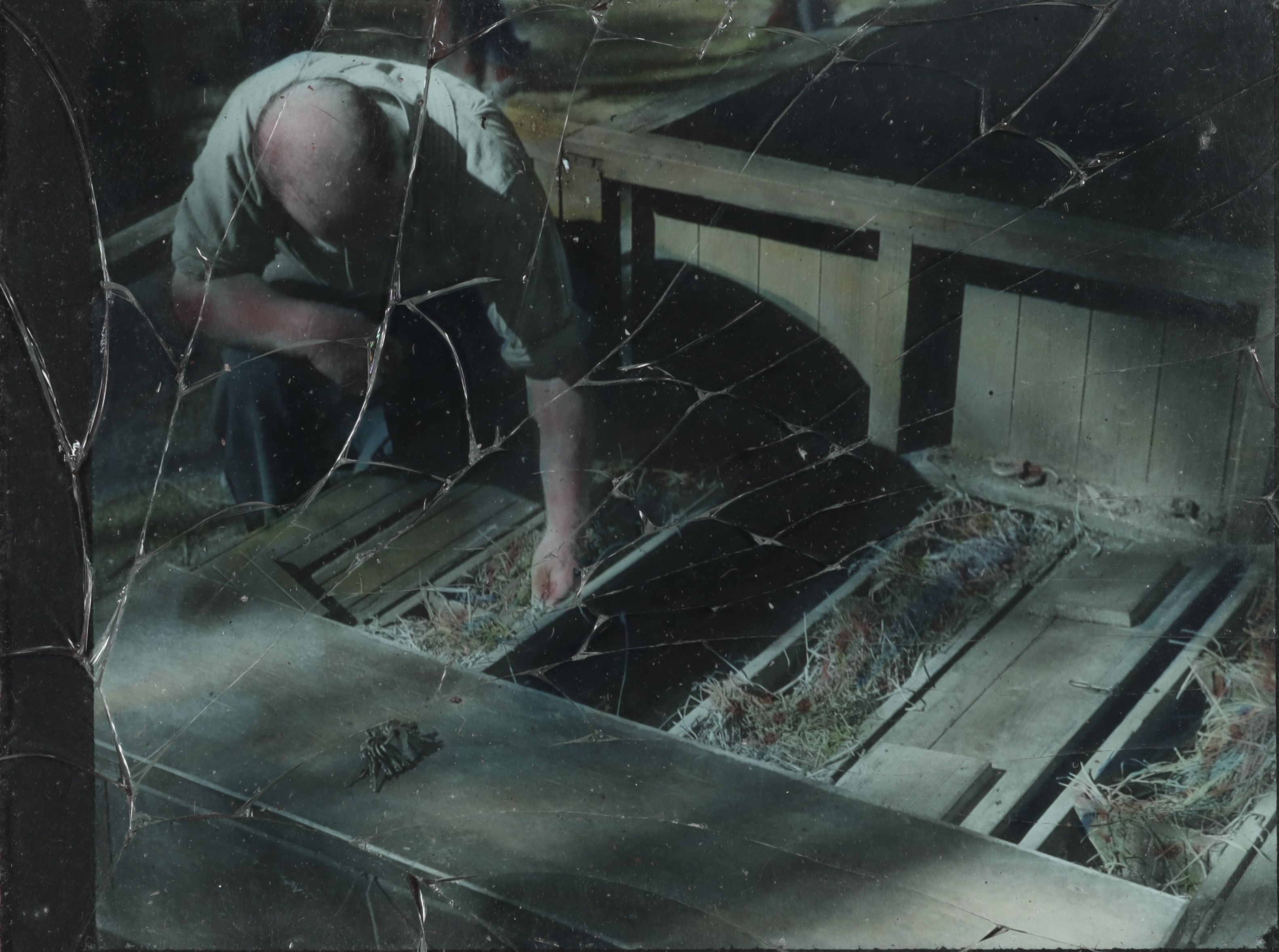
The Duck-Billed Platypus
No creature quite captured the attention of the 19th century naturalists like the humble Australian platypus - the Ornithorhynchus anatinus. To these scientists, the platypus was paradoxical, to say the very least. Somehow, this mysterious creature was simultaneously:
Mammalian: Warm-blooded animals, capable of producing milk via mammary glands.
oviparous: Laying eggs that hatched after an incubation period.
Meroblastic: Similar to birds and reptiles, these eggs display incomplete cleavage.
Aside from their reproductive oddities, some of the platypus' other characteristics include:
a rubbery duck-like bill...
webbed feet...
waterproof fur...
electroreceptive sensors...
& venomous spurs, found on the hind legs of males.
On an international scale, it is no surprise that the humble Australian platypus slowly but surely rose to fame to become an icon of naturalist research leading to the early 20th century.
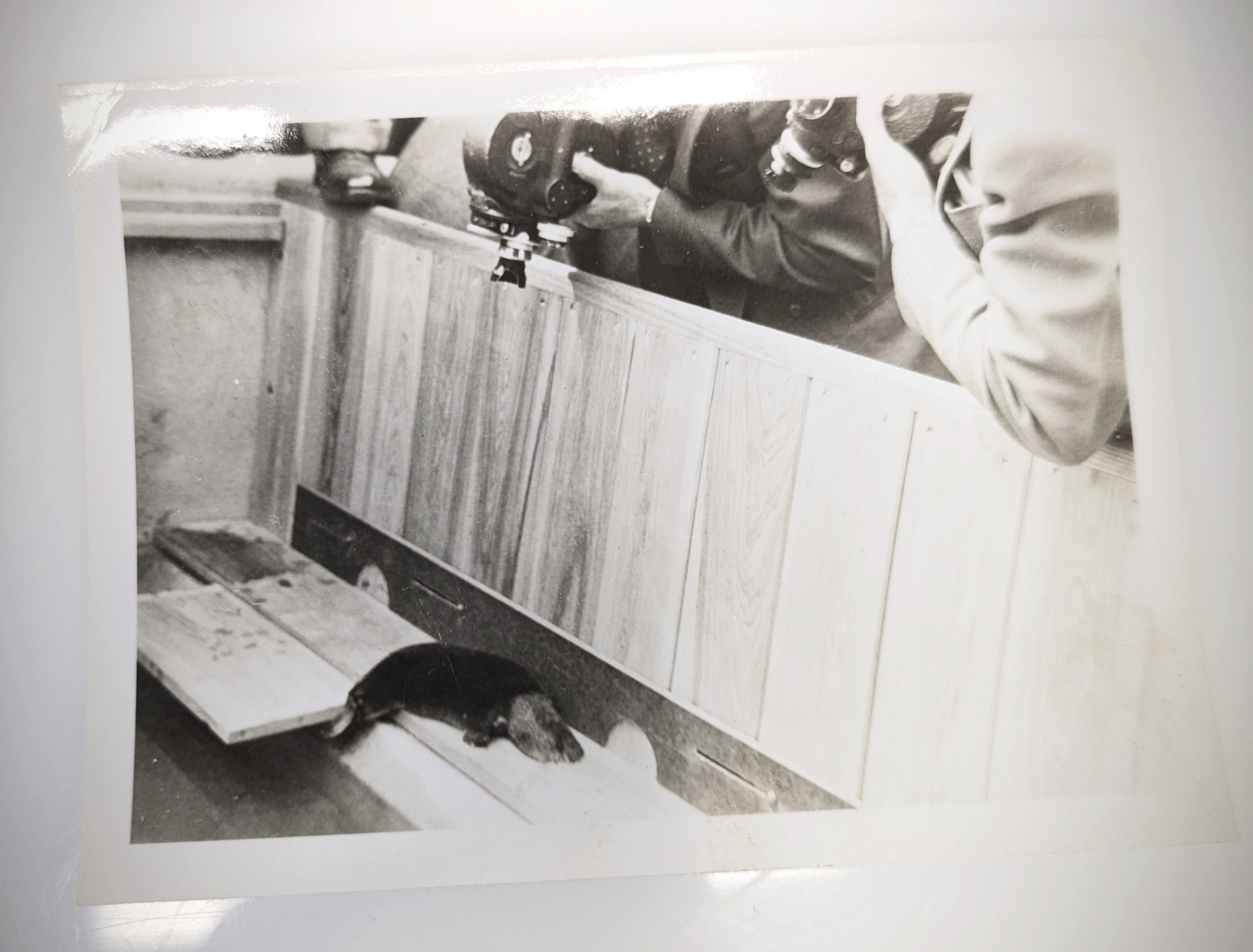
'There is something whimsical about the whole matter'
Platypus
Diplomacy
Ever since the colonisation of Australia, animals from the continent have been sent to Europe and the Americas as gifts, prizes and for scientific inquiry.
When Australia became an independent country in 1901, the act of sending animals far and wide became a political imperative. The uniqueness of Australian animals generated much attention from overseas audiences, which enabled diplomacy by allowing other nations to benefit from the exchange of animals. Australia would receive positive attention, increasing tourism and awareness, whilst the host country would gain recognition, a new attraction and media attention.
Australia has been reluctant to export platypuses to foreign zoos given that they are iconic native animals and are notoriously difficult to transport. Consequently, there are only four instances of the platypus leaving the continent since the beginning of the 20th century. These four occasions can be understood as an effort to further strengthen diplomatic relations with Australia's allies.
The first recorded instance was in 1922 when five platypuses were shipped to the Bronx Zoo in New York. The next platypuses were bound for the United Kingdom during World War II, then to the United States of America after World War II, during the Cold War and in the present. All of these cases illustrate Australia's geopolitical alliances, and notably the shift in Australia's security policy from reliance on the UK to partnership with the US.
Timeline
Platypus, Lantern slides of Australian fauna by David Fleay, AMS729/127, Australian Museum Archives.
1922
Live Platypuses leave Australia
Ellis Stanley Joseph was the first to bring the platypus to an American audience. Five platypuses were sent to New York in this intrepid journey but only one survived. Sadly the remaining platypus only survived 49 days in the Big Apple.
Platypus, Lantern slides of Australian fauna by David Fleay, AMS729/140, Australian Museum Archives.
Platypus, Lantern slides of Australian fauna by David Fleay, AMS729/140, Australian Museum Archives.
Australian Midshipman's Logbook, Photographs and Documents of David Fleay, AMS731, Australian Museum Archives.
Australian Midshipman's Logbook, Photographs and Documents of David Fleay, AMS731, Australian Museum Archives.
1943
A wartime secret
During WWII, British Prime Minister Churchill requested for a platypus to be sent to England from Australia. David Fleay selected a platypus for the journey, but it sadly didn't survive the boat trip, dying just two days from Liverpool.
1947
Platypuses by sea
In 1947, Fleay decided to try again. Betty, Cecil, and Penelope were shipped across the Atlantic to the Bronx Zoological Park in New York.
1958
The platypus takes flight
A third trip to New York happened 10 years later, but this time by plane. Paul and Pamela were flown from Fleay's Fauna Reserve in Burleigh Heads, Queensland, to the Bronx Zoological Park, aboard a commercial Pan American Airways flight.
2019
Our Modern platypus ambassadors
Two more platypuses were sent to San Diego Zoo and remain happily in California to this day. Check them out on the live stream below!
Further Readings
If you're interested in learning more about the platypus, we recommend reading Ann Moyal's 2010 book titled 'Platypus'.
Or if you're interested in learning more about David Fleay, we recommend reading David Fleay's 1980 book titled 'Paradoxical Platypus: Hobnobbing with Duckbills'.
